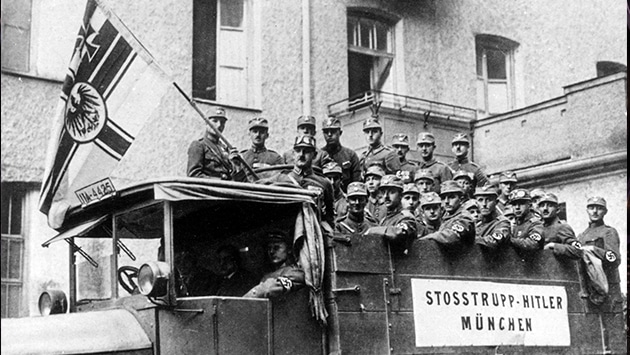The year 1923 is described in many current publications as a "multi-crisis year". Politics, the economy and society in Germany found it very difficult to come to grips with the upheavals caused by the First World War and the burdens of the Versailles Peace Treaty: Hyperinflation, political violence, occupation of the Ruhr, separatism, monarchist nostalgia and a desire for revenge created a dangerous mix. Even then, ten years before its destruction by the Nazi regime, the still young Weimar Republic was threatened with its end.
The time and place of our cooperation event with the Institute of Contemporary History Munich-Berlin (IfZ) and the Catholic German Women's Association (KDFB) is the Munich "Hitler-Ludendorff Putsch", which will be 100 years old in November 2023. However, in our symposium we do not want to retell this event, but to analyse the background and causes of the deep and multiple crises of 1923 in Bavaria.
The focus is first on the early phase of the organisation that eventually became a deadly threat to the Republic - the Nazi movement, which was able to develop quite undisturbed in Bavaria at the beginning of the 1920s. The work of the conservative Bavarian politician Ellen Ammann, member of parliament for the Bavarian People's Party and founder of the Catholic German Women's Association of Bavaria, makes clear that individuals sensed very early on how dangerous this ideology would become. After an introductory look at the events of 1923, there will be a final round in which, among other things, the extent to which the label of the "multi-crisis year" can also be applied to 2023 will be discussed.
